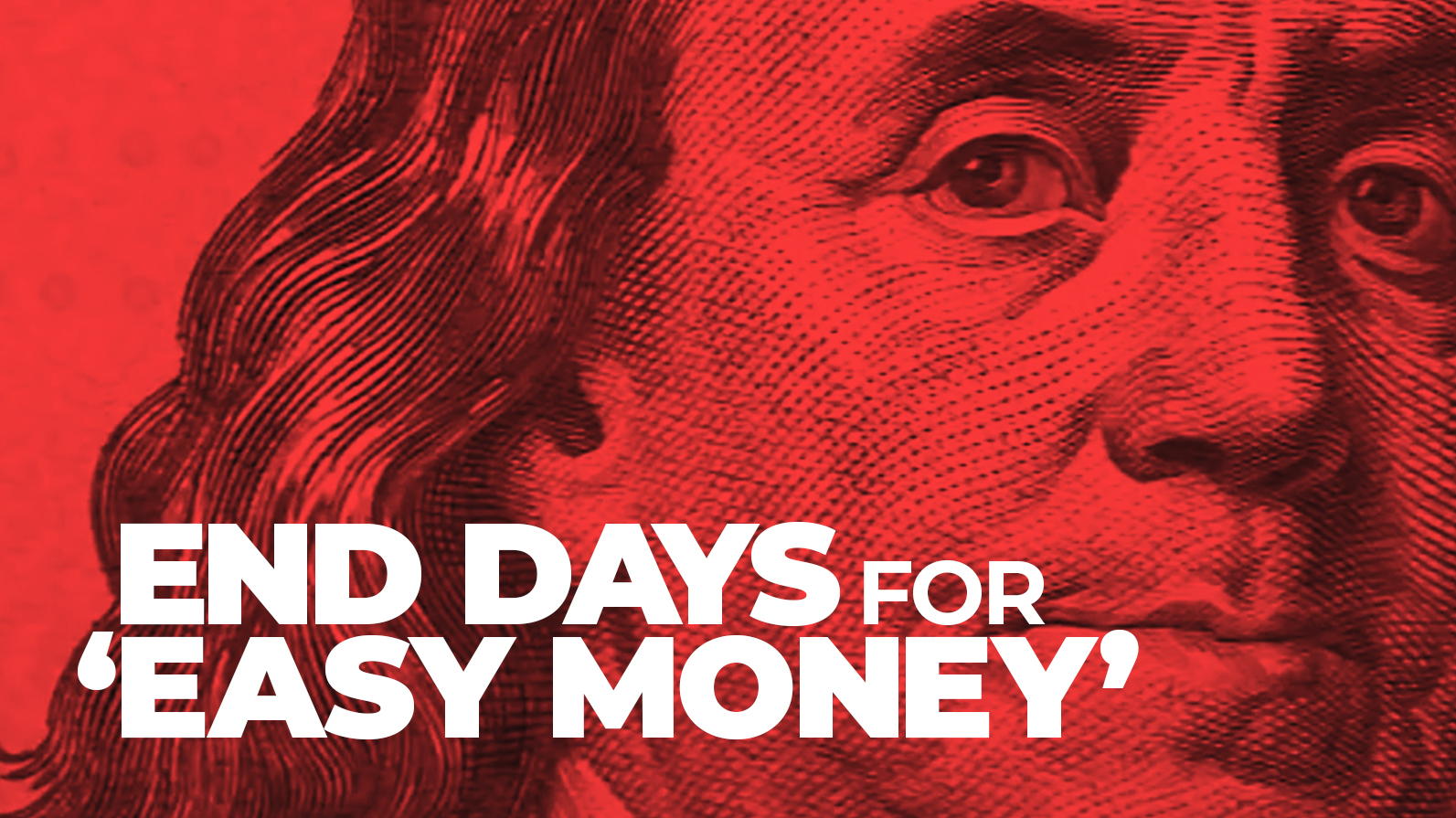
The Fed wants to fight inflation by hiking interest rates. Here’s why other major economies won’t.
SIMONE DEL ROSARIO: WITH CRIPPLING INFLATION – THE FED THIS WEEK IS FORMULATING ITS PLAN TO FIGHT IT DOWN, AND THE UNCERTAINTY HAS THE MARKETS GOING HAYWIRE. OVER THE NEXT TWO DAYS THE BOARD WILL DECIDE WHEN TO START HIKING INTEREST RATES, WHICH HAVE BEEN NEAR ZERO SINCE THE START OF THE PANDEMIC. THAT’S GOING TO MAKE GETTING ALL TYPES OF LOANS MORE EXPENSIVE FOR EVERYONE. BUT HISTORICALLY, THE MOVE WILL COOL THE 7% INFLATION WE HAVE NOW BY REMOVING SO-CALLED “EASY MONEY.” THE ANTICIPATION OF THE FED’S DECISION IS PART OF THE REASON WHY THE STOCK MARKET’S BEEN SO VOLATILE. WITH MANY ANTICIPATING A RATE HIKE IN MARCH, AND A FEW MORE BUMPS THROUGHOUT THE YEAR. BUT WHILE GLOBAL ECONOMIES OFTEN MOVE IN CONCERT WITH THESE TYPES OF MOVES, RIGHT NOW THE U-S IS LARGELY GOING IT ALONE COMPARED WITH OTHER MAJOR ECONOMIES. HERE’S WHY. CHINA – THE #2 ECONOMY – JUST CUT ITS RATES LAST WEEK – LOOSENING MONETARY POLICY IN AN EFFORT TO STAVE OFF AN ECONOMIC SLOWDOWN AND REVITALIZE REAL ESTATE. JAPAN – AT #3 – IS LITERALLY IN THE NEGATIVE. AND BANK OF JAPAN’S GOVERNOR SAYS “RAISING RATES IS UNTHINKABLE.” THAT’S BECAUSE INFLATION IN JAPAN HAS BEEN BELOW THE 2% TARGET FOR YEARS, A FAR CRY FROM WHAT THE U-S IS FACING NOW. BUT THE EUROPEAN CENTRAL BANK ALSO SAYS NO TO RATE HIKES THIS YEAR – TAKING A GAMBLE THAT ITS 5% INFLATION WILL GO DOWN ON ITS OWN WHEN THE SUPPLY CHAIN SMOOTHS OUT. THE U-S FOR ITS PART – SEES INFLATION DIPPING BELOW 3% BY THE END OF THE YEAR, BUT NOT WITHOUT MOVES BY THE FEDERAL RESERVE TO REVERSE TWO YEARS OF PANDEMIC POLICIES. I’M SIMONE DEL ROSARIO. FROM NEW YORK, IT’S JUST BUSINESS.










